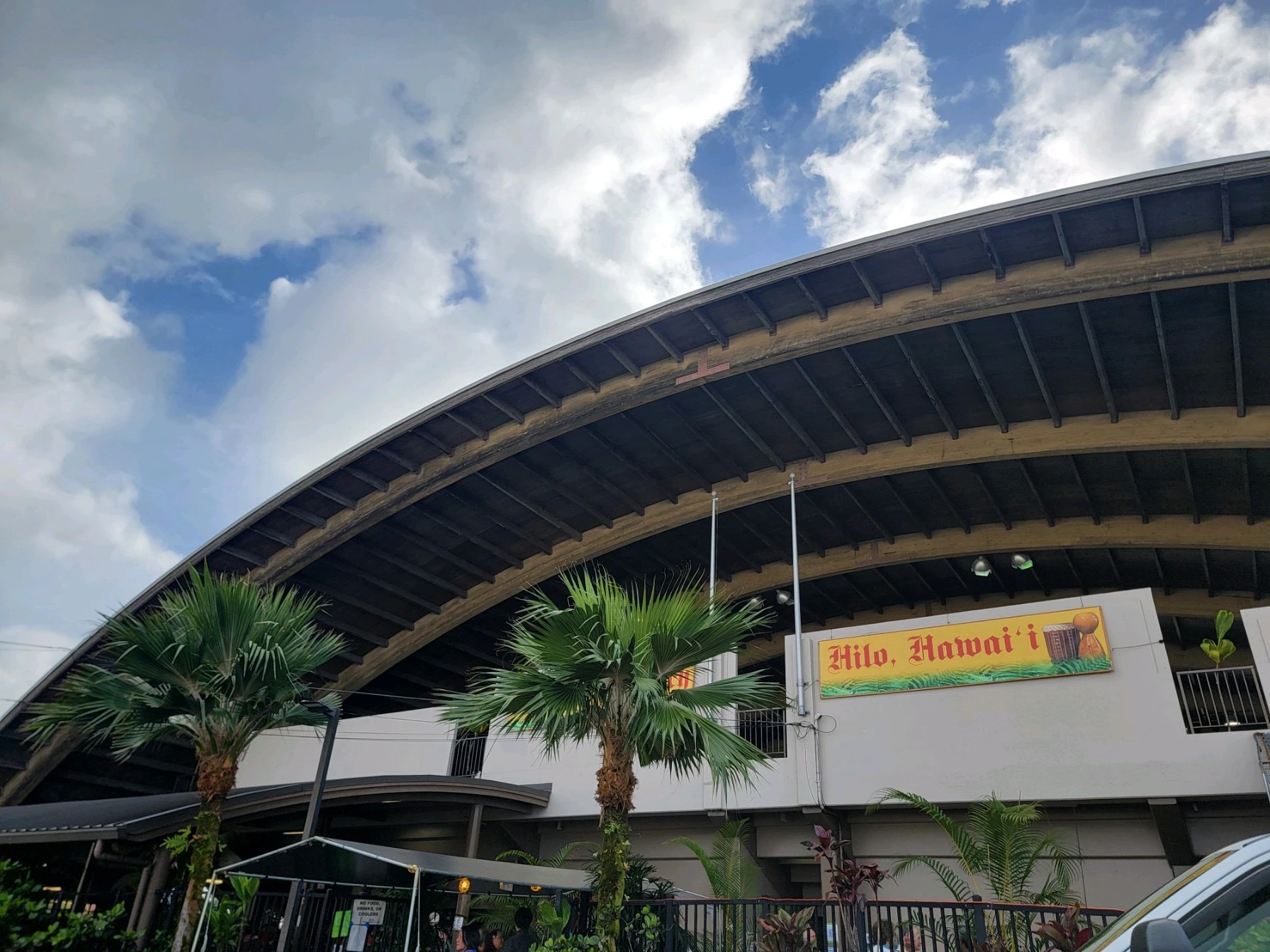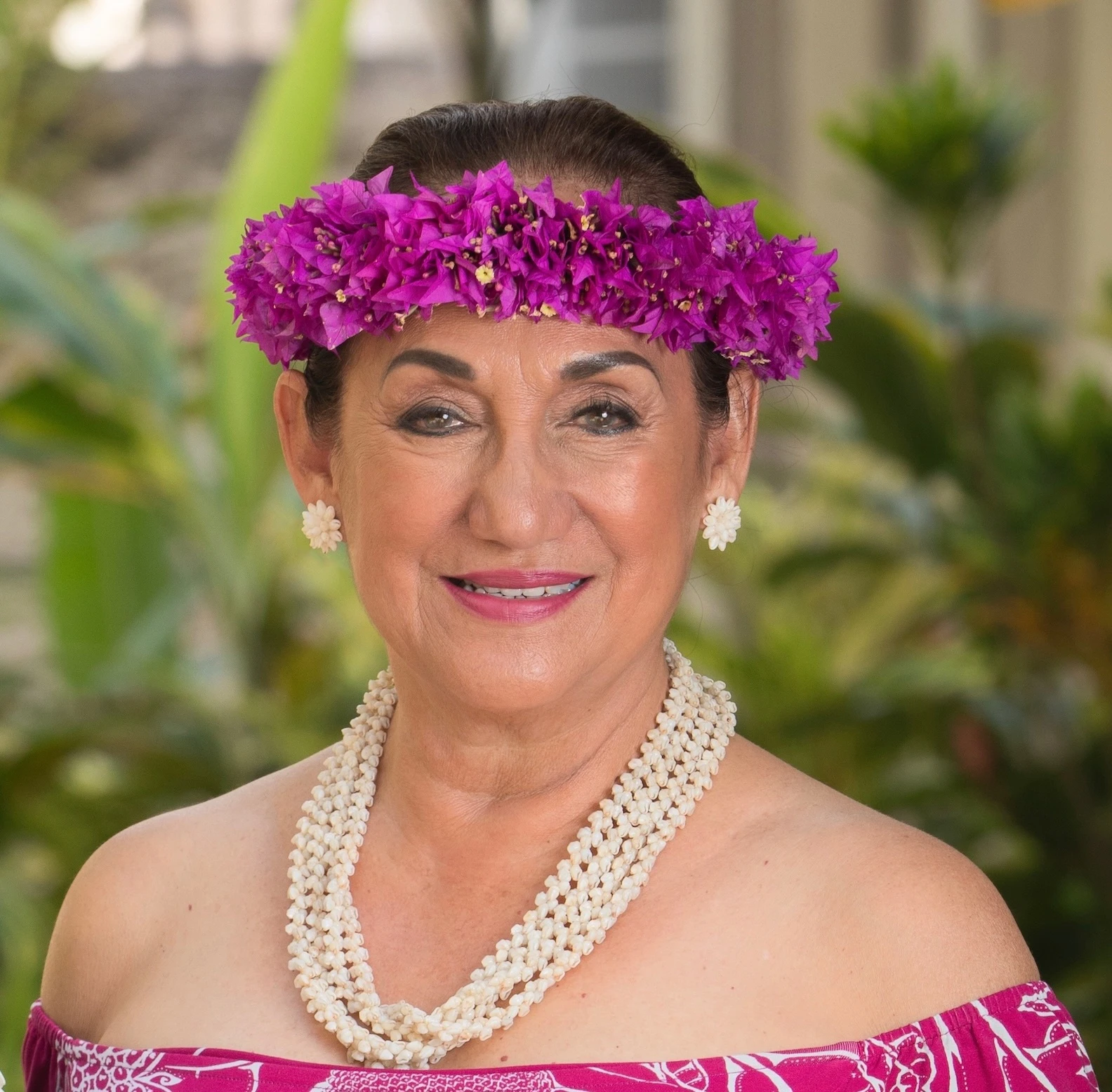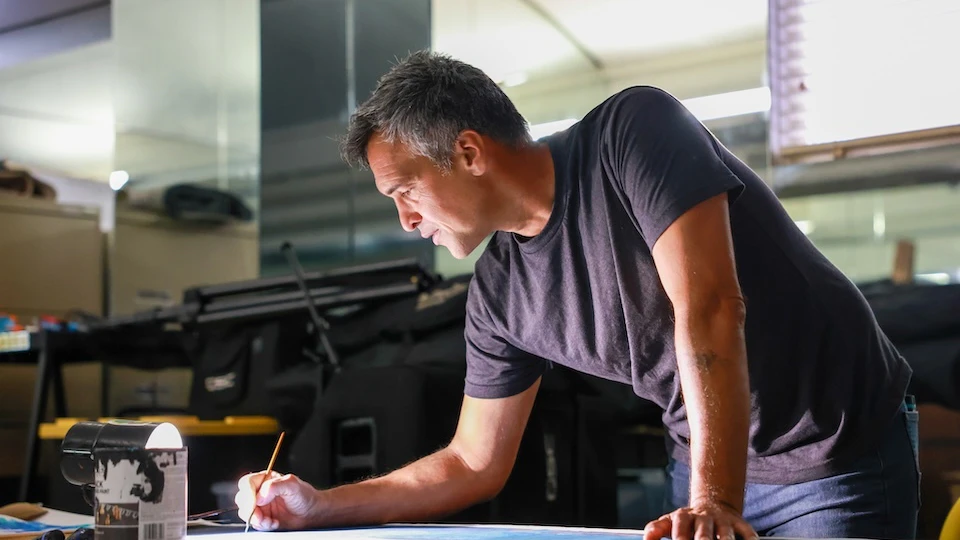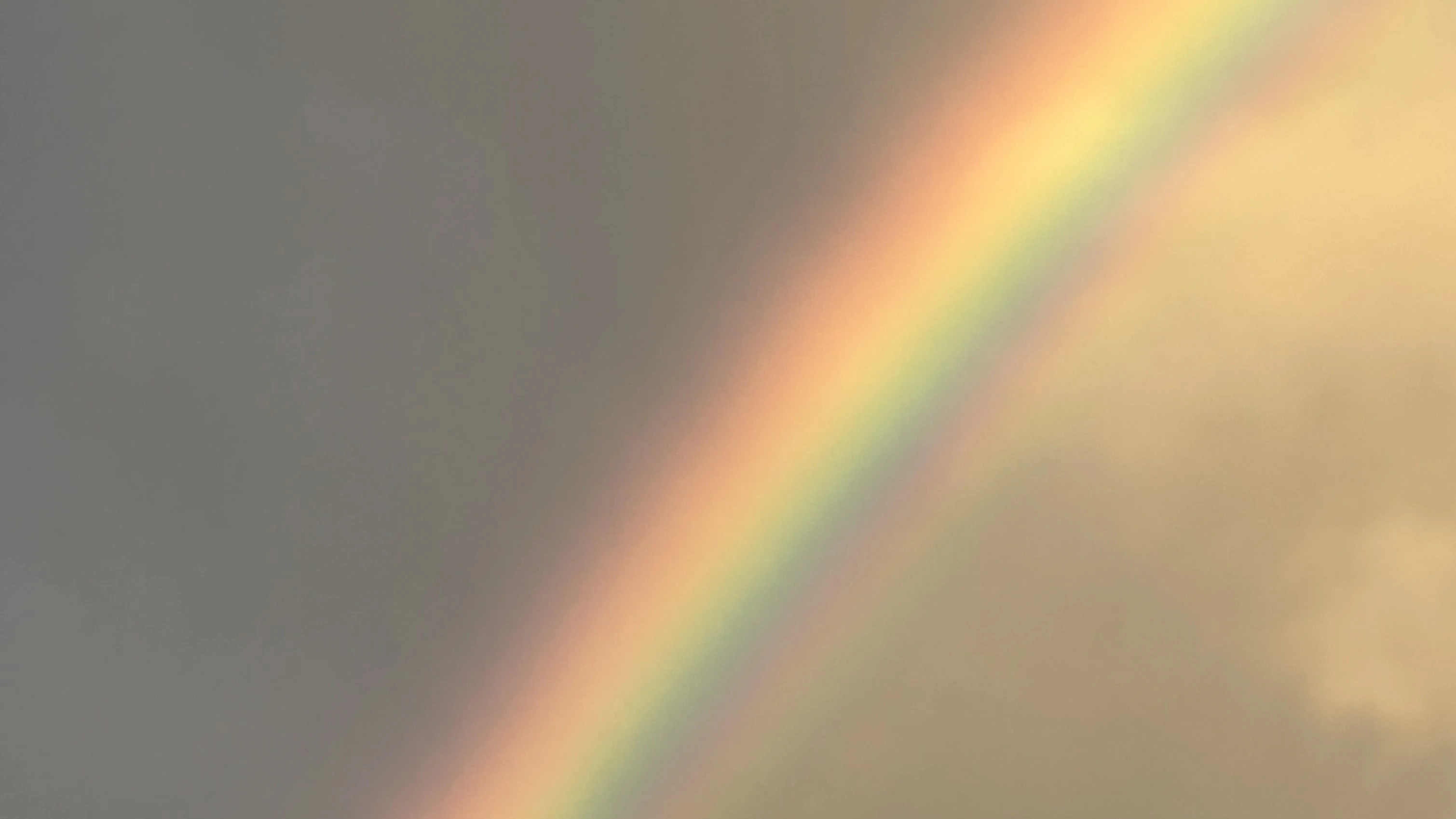After a decades long hiatus from competition, Kumu Hula Vicky Holt Takamine’s Hālau Pua Aliʻi ʻIlima will compete for a second consecutive year at Merrie Monarch this week.
The week-long cultural event runs Sunday, April 20, to Saturday, April 26, and includes an invitational arts fair, cultural demonstrations, a parade and a televised three-day hula competition.
“Last year, when we entered, we had not entered the competition in 39 years,” Takamine told Aloha State Daily. “This will be our second year back competing.”
This year — and the previous one — her son, Jeffrey Takamine, who is also a kumu hula, did the choreography, she said.
For the competition, the kumu hula selected a mele that shares Queen Emma’s huaka’i, or journey, up Mauna Kea. After Queen Emma lost the election to King David Kalākaua, she traveled the islands to see her people and thank them for their support.
“As Native Hawaiians, we're constantly advocating for the protection of Mauna Kea,” Takamine said. “We thought this was an appropriate chant for this time. The first line of the text is: ʻWhat's happening at Mauna Kea?’ and it brings to the forefront the issues that we're facing with TMT [International Observatory] and the mayor's advocacy for considering development of Mauna Kea against the wishes of Native Hawaiians. While this competition is not political, the mele is. Queen Emma was very political, and I think that it brings awareness to what's happening at Mauna Kea.”
After the competition, the hālau will visit Mauna Kea, Puʻuhuluhulu and Kilauea, she said.
Takamine is a graduate of Kamehameha Schools and received bachelor’s and master’s degrees in dance ethnology from the University of Hawaiʻi at Mānoa. She is an advocate for social justice issues and the cofounder and executive director of PAʻI Foundation, a nonprofit with a mission to “preserve and perpetuate Native Hawaiian cultural traditions for future generations,” according to its website. She is also a longtime judge for Merrie Monarch.

Ahead of the festival, there is not just the normal nonprofit work, but also scheduling airfare and hotels and practicing the lei-making process, she said. Hālau Pua Aliʻi ʻIlima increased its practices to three days a week ahead of the festival.
“We're almost ready, but we want to peak at the right time,” Takamine said.
This year, the wahine will wear lei hulu, or traditional feather lei, so they learned how to make their own. Her son sewed the kahiko costumes.
Her hālau’s members are mostly based on Oʻahu, although one student flies in from Maui to attend practices, Takamine said.
“It’s a commitment,” she said.
Normally classes are about an hour long. A few weeks before competition, rehearsals are going from at least noon until 6 p.m. on Sundays, Takamine said.
In October of 2024, Takamine was named the first cultural adviser for Shangri La Museum of Islamic Art, Culture & Design. In December of the same year, she was the first Native Hawaiian to win the prestigious Gish Prize with a cash prize of more than $450,000, as previously reported by Forbes.
“It's really not competing against other hālau,” she said. “I think that's important. We're being judged by seven judges. It's not about comparing us to another hālau. We want our students to enjoy the experience and have fun. We love supporting other hālau that are going. We enjoy all of their performances.”
Katie Helland can be reached at katie@alohastatedaily.com.





